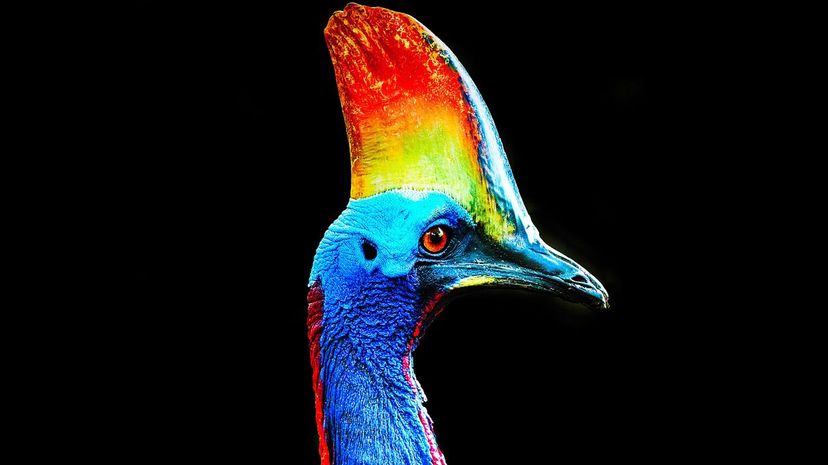
About This Quiz
Do you know how many different species exist on our planet? Millions. Close to 9 million, in fact, as far as anyone can guess. Estimates that include microscopic life have ballooned that number up to about one trillion, which is a number so big that you can't even wrap your head around it. With that many species on hand, you can't be surprised to know that one or two of them are way weirder than the others. After all, if everything was just two normal eyes and a couple of legs it'd get boring really quickly. Variety is the spice of life, and weirdness is what makes it interesting and kind of fun.
There's no way to know all the species in the world, but you should get to know at least of few of the really weird ones. It's cool to see all that nature has created. Of course, if you think you already know a lot about the strangest creatures in the world, then maybe you need to show that skill off. Why not hop on into this quiz where we've put together 40 of the best and weirdest the world has to offer and see just how many you can identify from a photo alone. Think you have what it takes?
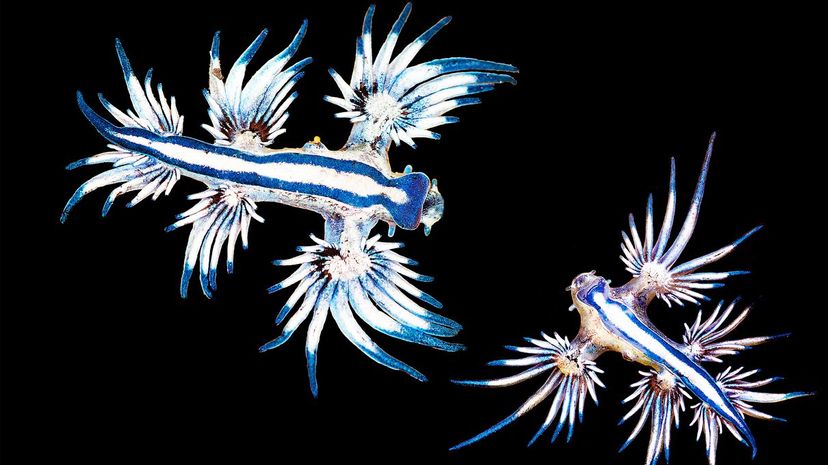
The blue dragon is one of the most unusual and rare creatures in the sea and is a member of the sea slug family. Not particularly slug-like in appearance, this little guy is just over one inch in length and despite its size, it can pack a very painful sting if you pick one up.
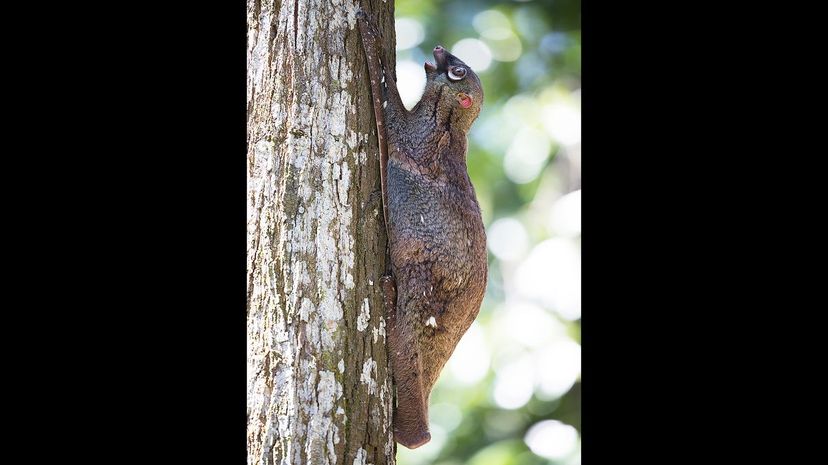
The Sunda Colugo is sometimes called a flying lemur which is ironic for two very good reasons -- it is not a lemur and it doesn't fly. Hey, no one's perfect. It's actually a colugo, which is a species closely related to primates and while it doesn't fly, it is good at gliding.
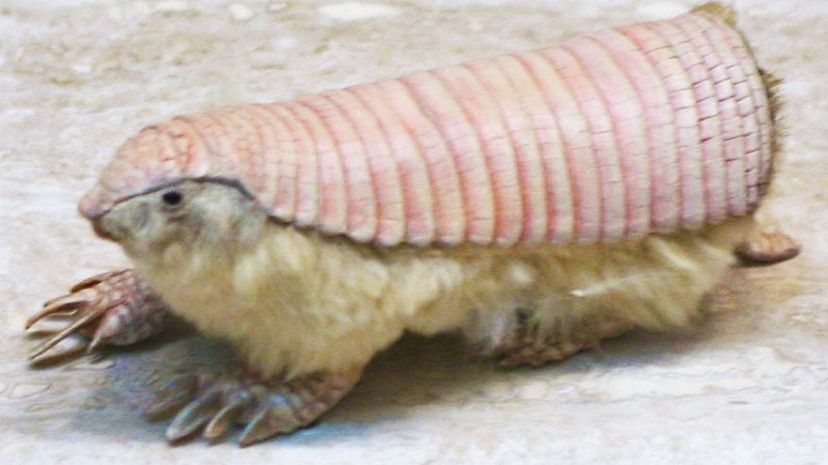
Native to Argentina, the pink fairy armadillo is the smallest member of the armadillo family and looks kind of like an earless bunny in body armor. Their relatively giant feet are good for digging, and these little guys spend nearly all their lives underground, surfacing at night to hunt bugs.
Advertisement
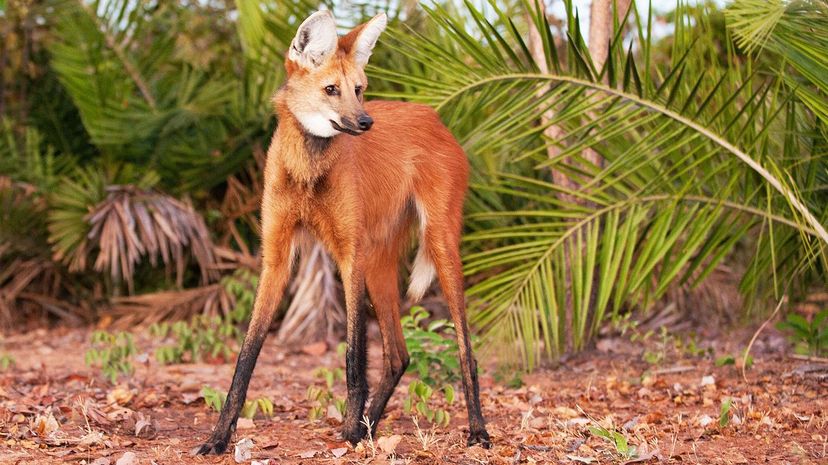
The Maned Wolf is not actually a wolf and it is not a fox either. It's the only member of its own genus and it's the largest member of the dog family you'll find in South America. They're known to be very nervous around humans so they don't pose much of a threat if you encounter one. Usually.
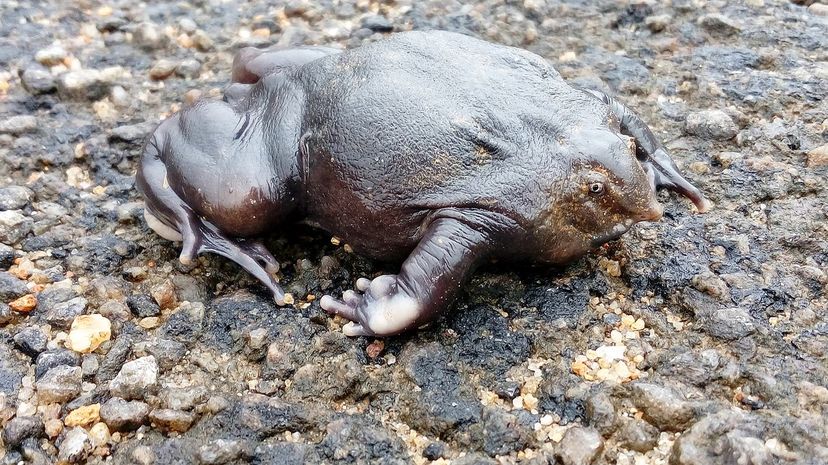
The Indian Purple Frog is also sometimes called a pig-nosed frog because just look at that weird little snout. When rainy weather comes and the frogs are able to mate, the females will lay around 3,000 eggs. That's a lot of weird little babies

The hummingbird hawk-moth gets its name from the fact it is a lot like a hummingbird. Not only does it hover over a plant to feed on nectar with its long proboscis much like a hummingbird, but it also hums as it does so just as the bird does.
Advertisement
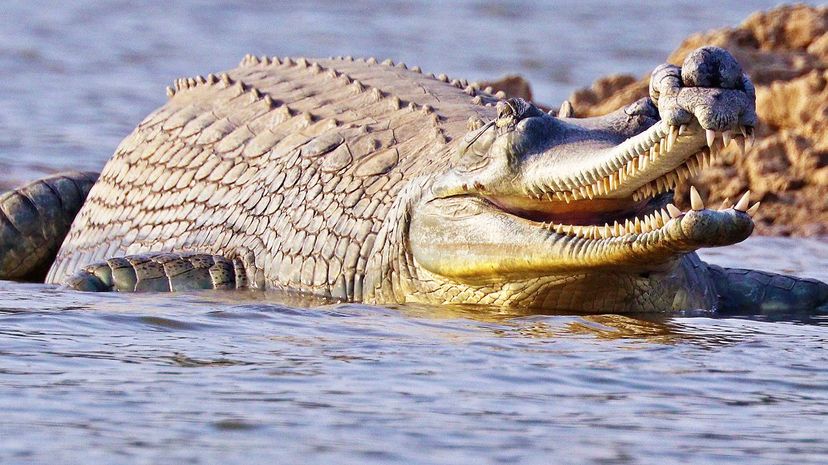
The Gharial is obviously related to alligators and crocodiles and is native to parts of India. If you've never seen one before it's not that surprising -- there are believed to be fewer than 250 of these animals left in the wild thanks to a variety of factors destroying their habitat and food supply.
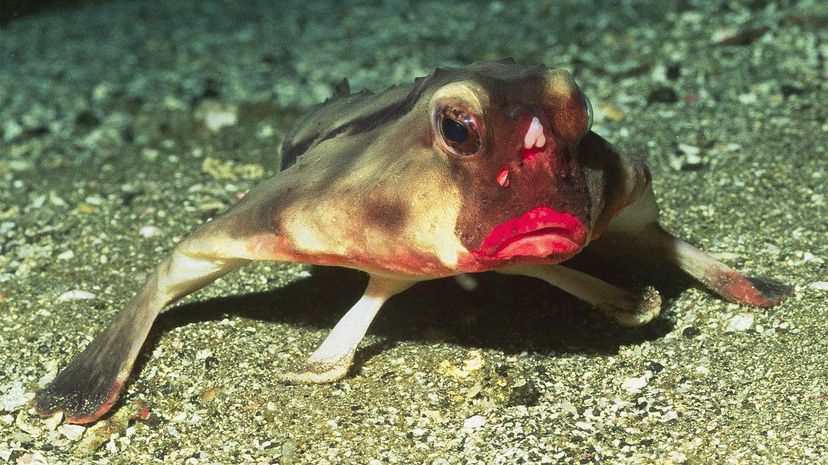
The red-lipped batfish can be found near the Galapagos Islands and, despite being a fish, kind of stinks at swimming. The fish uses its pectoral fins like little feet and will walk around the ocean floor instead of swimming, which seems to work out for it.
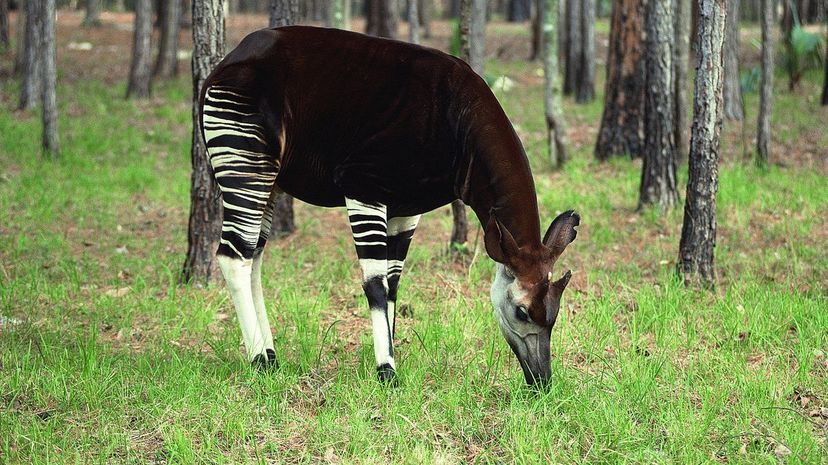
Okapis are native to Central Africa and are more closely related to giraffes than they are to zebras, despite those stripes on the legs. In fact, the okapi and the giraffe are the only two members of the same family in the animal kingdom, and they're also endangered.
Advertisement
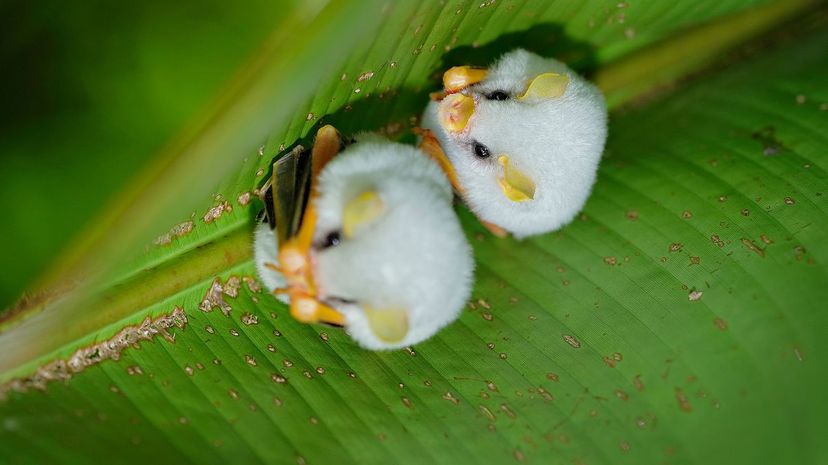
These tiny bats are only a couple of inches long and they're covered in bright white fur, though the hair near their butt tends to be tipped in grey. They will use their teeth to slice up the large leaves of plants to make a shelter or tent for themselves where they will roost during the day.
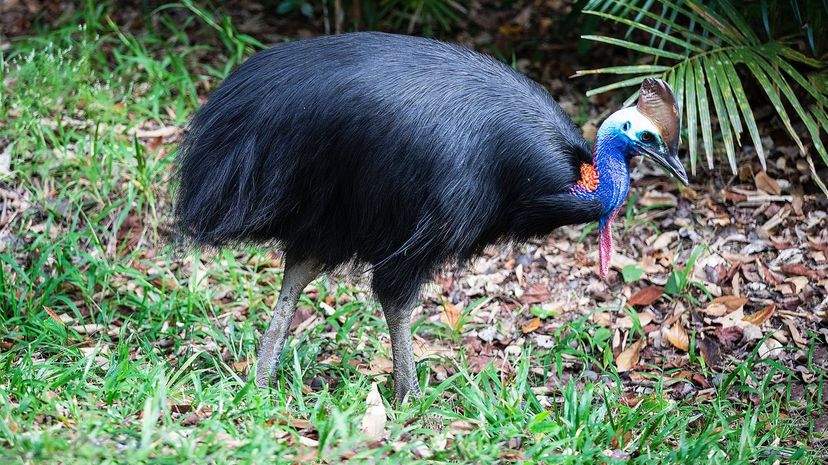
Cassowaries are large, flightless birds related to emus and ostriches that are native to Australia and New Guinea. Not only can they run faster than a human, but they also have a 5-inch long claw on their middle toe that's extremely sharp. So yeah, don't get chased by a cassowary.

The spiny bush viper is a venomous snake that has the extremely unusual characteristic of what they call "keeled" scales. That's another way of saying that, as the name suggests, they're spiky. It's safe to assume they don't back up through things very often for fear of getting stuck.
Advertisement

The male of the tufted deer has some prominent canine fangs and still they named it after the tuft of hair on its head like that was somehow a better name than "Fang Deer." Found mostly in China, these are also pretty small for deer with the largest not getting much above 60 pounds.
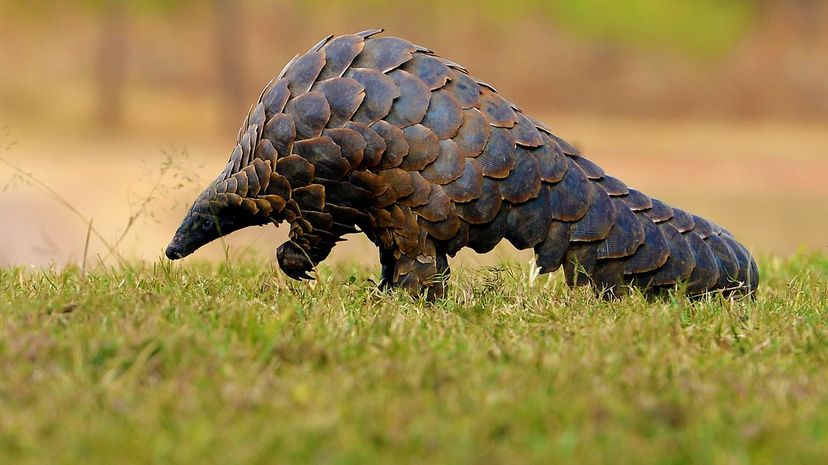
Pangolins are very unusual creatures covered in scales made from keratin, the same substance that comprises hair and fingernails. Unfortunately, they're hunted for both their meat and their scales and are considered a threatened species as a result.
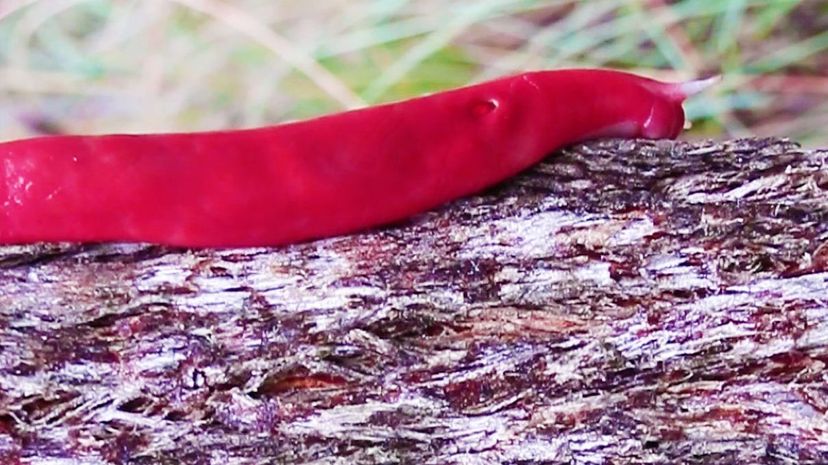
Found on Mount Kaputar in Australia in an area that's about 40 square miles and nowhere else, the Kaputar Pink Slug is a giant slug that's as weirdly pink as its name suggests. Apparently on a cool morning, you can find them hanging out by the hundreds.
Advertisement
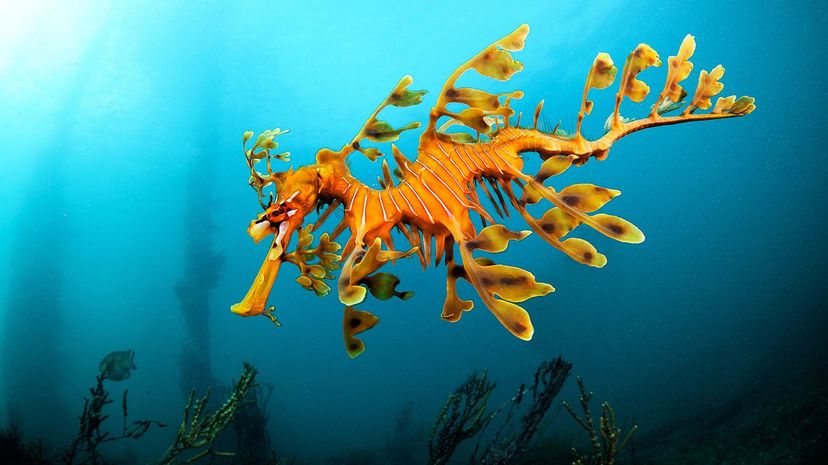
The Leafy Seadragon can be found off the coast of Australia and is, in fact, related to the sea horse. The large number of weird, leafy structures on its body are there to act as camouflage and help it blend in with sea plants.
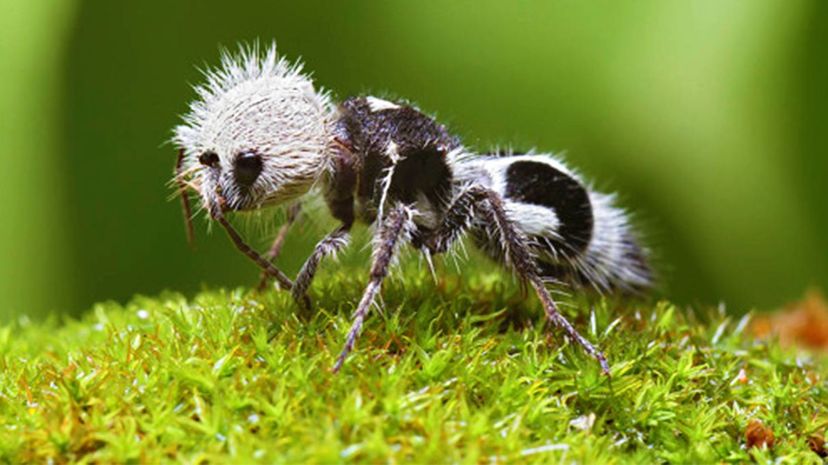
Another in a long line of ironically named creatures, the panda ant is, of course, not a panda but it's also not even an ant. It's actually a kind of wingless wasp and though it may not have the most painful sting in the world, it's not one you want to experience either.
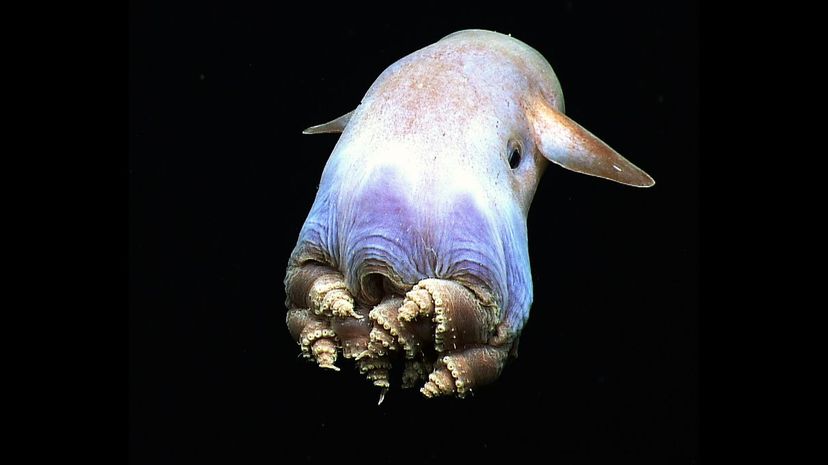
The Dumbo octopus gets its name from exactly where it sounds like -- the Disney movie. These deep sea creatures can be found at an incredible depth of 13,000 feet all the way down to over 20,000 feet below the surface.
Advertisement
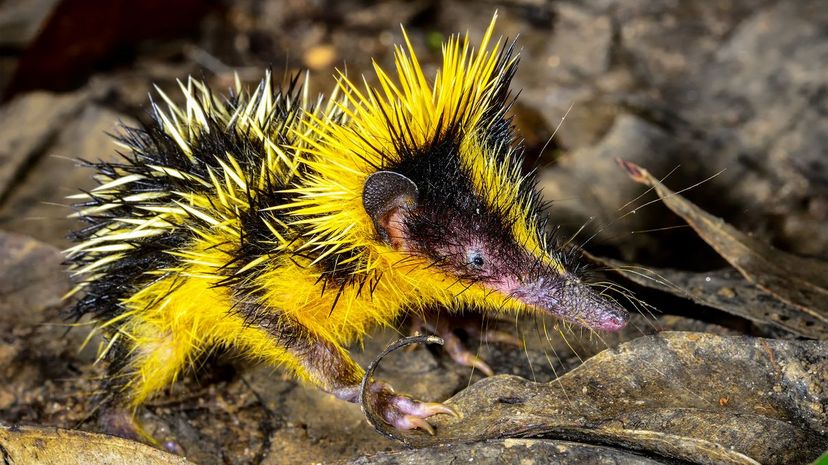
The lowland streaked tenrec is a remarkable animal thanks to the fact it has one skill that makes it unique among all mammals -- stridulation. Like the mighty cricket, the lowland streaked tenrec can make noise just by rubbing its legs.
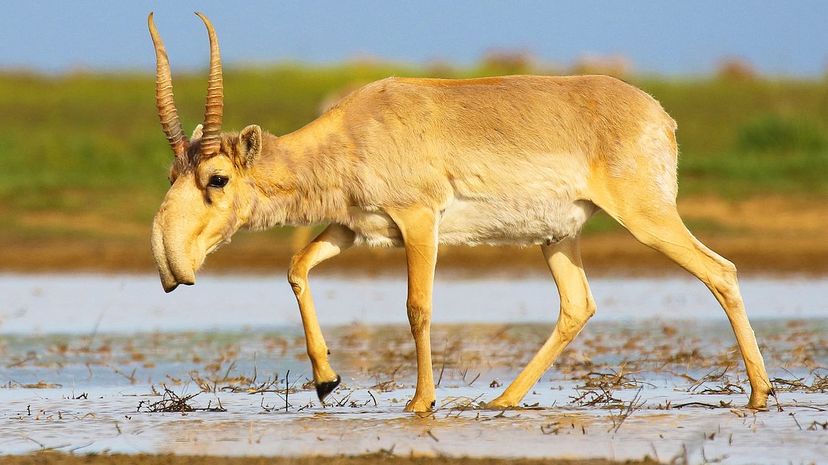
The unusual Saiga Antelope is most easily recognized by its strange nose which resembles a very small elephant trunk and looks like it came straight out of sci-fi. Normally found in Eurasia and across Russia, there was a tragic population loss of Saiga in 2015 when literally tens of thousands of the animals died suddenly in the span of mere days, the result of an unusual bacterial infection.
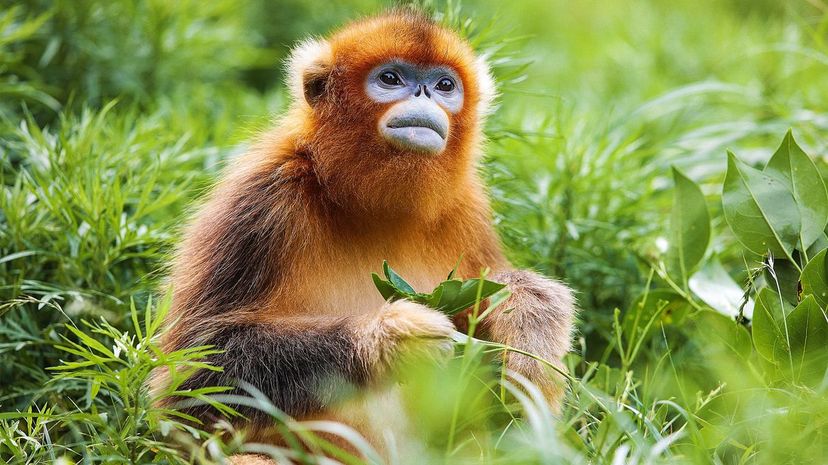
Found in Asia, this unusual, blue-faced monkey didn't suffer an accident, it just has a super weird nose with forward-facing nostrils. The result is that it looks like someone cut the monkey's nose off. They need to be careful when it rains to not look up.
Advertisement
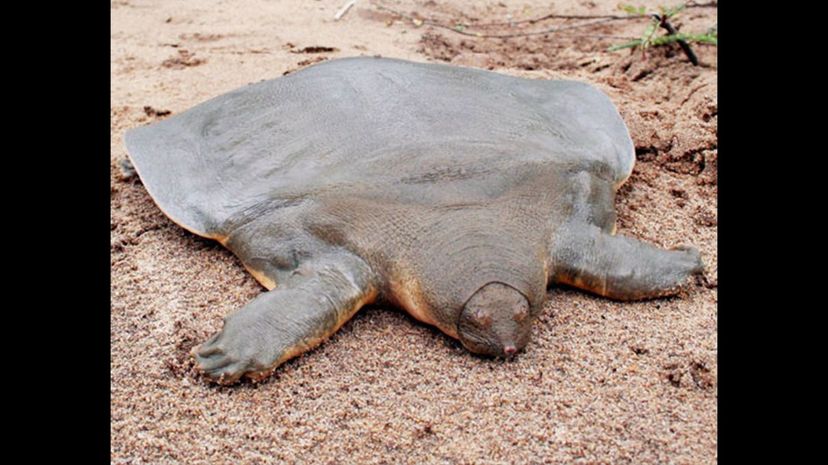
Cantor’s giant softshell turtle has a shell that feels a bit like leather and eyes that are extremely close together. Not a lot is known about them as they aren't studied much or even seen that much since they stay buried except for when they need to breathe or, presumably, mate.
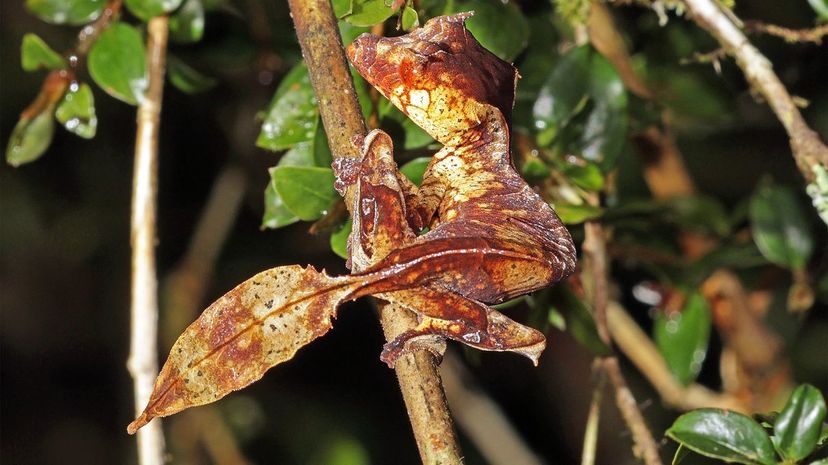
The Satanic Leaf-Tail Gecko really does look like a leaf which helps it blend into the trees in which it lives. Not only is its common name pretty dramatic but its Latin name is "phantatsticus" which means "imaginary."
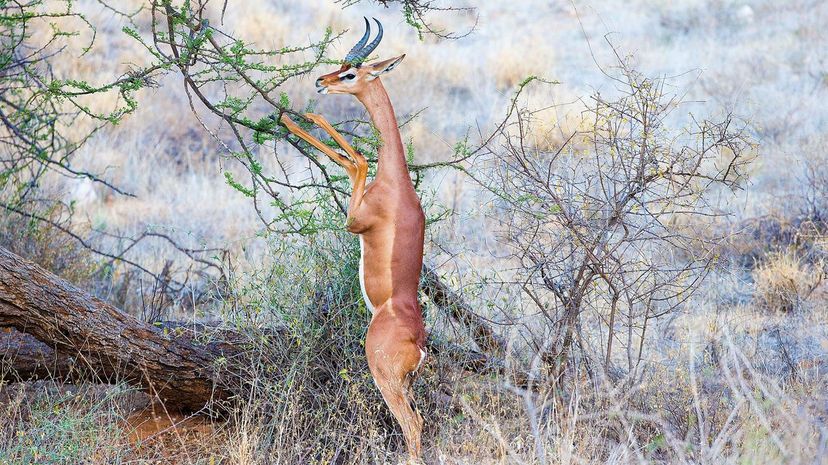
The Gerenuk is an antelope you can run across if you go to Africa sometime. They're also called the giraffe gazelle because they have long, slender necks an also because they're able to actually get right up on their hind legs and graze from trees just like a giraffe does.
Advertisement
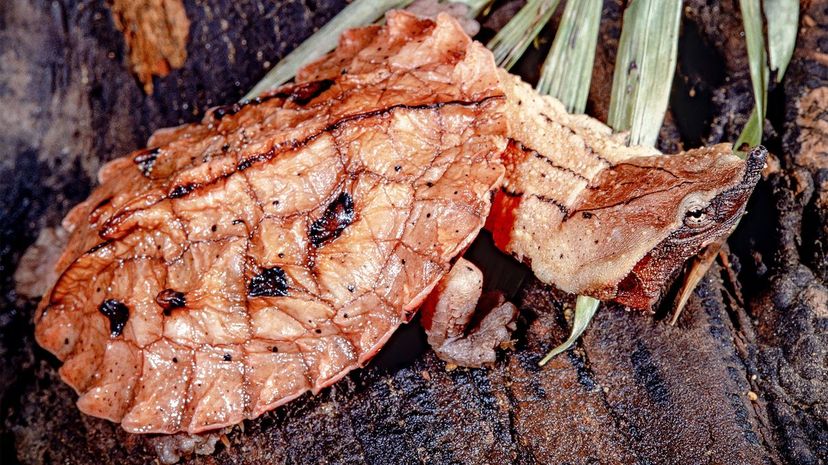
Mata Mata turtles are highly unusual looking thanks to the bizarre, triangle-shaped head and their overall jagged and spiky appearance. The end of its snout also has what appears to be a horn on it.
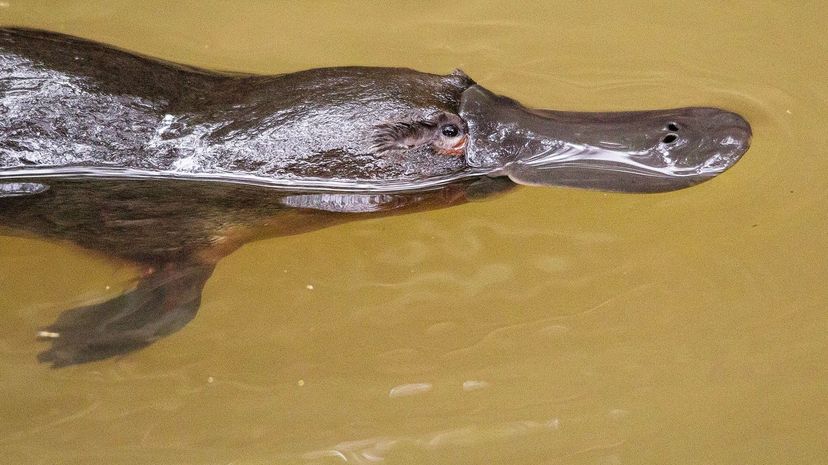
The platypus is the poster child for weird animals. It's a mammal that lays eggs, it has venomous spurs on its legs and it appears to be a beaver with a duck bill. So basically there's nothing normal about it at all.
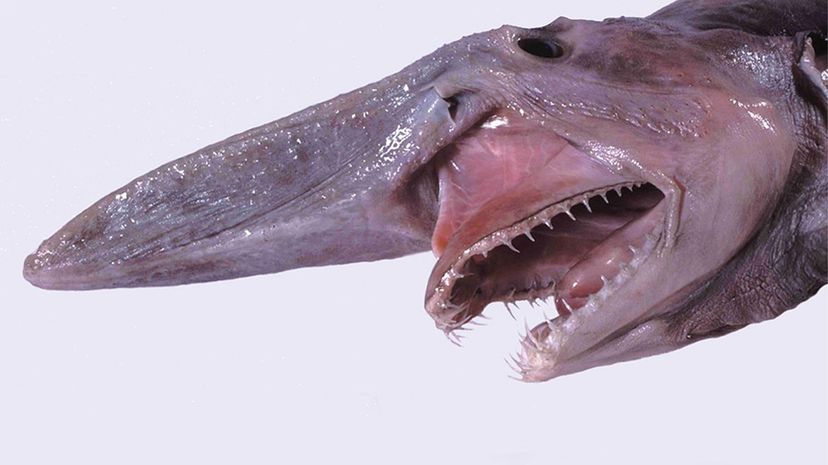
Lucky for humans, the goblin shark is a deep-sea fish so you're not likely to run into the creepy thing on your next trip to the beach. Normally you won't find these until you're at least 300 feet below the surface, and often even deeper.
Advertisement
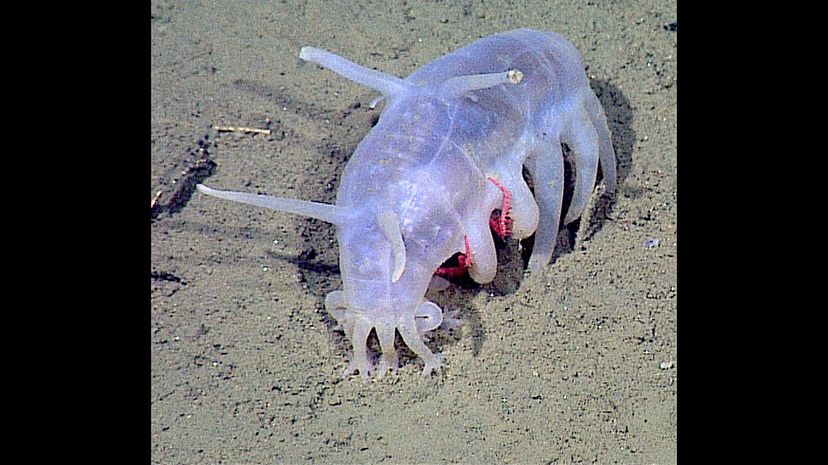
As you might guess, the sea pig isn't remotely related to actual pigs. Instead, it's a kind of sea cucumber and lives on the floor of the ocean at an incredible depth, around 3,000 feet or so. They busy themselves extracting organic matter from sea mud. Yum!
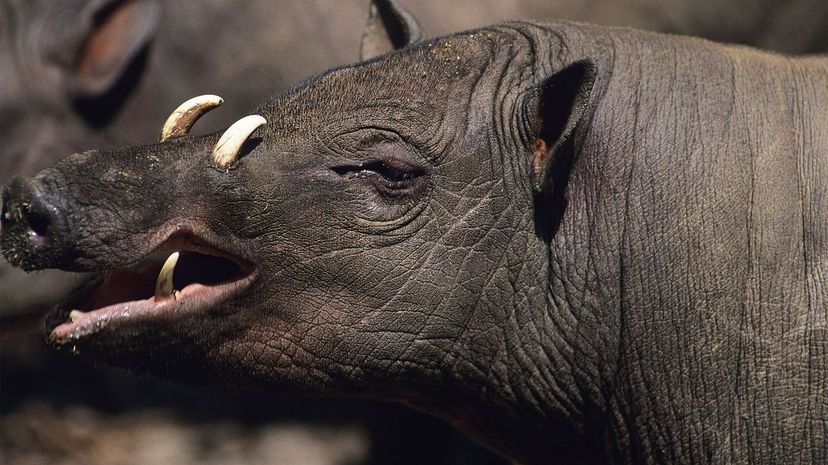
The babirusa is sometimes called a deer-pig and is native to Indonesia. It's related to pigs but its most obvious feature are those dramatic tusks, unlike anything a wild boar could dream of. they actually grow up through the babirusa's skin and curve back towards its head.
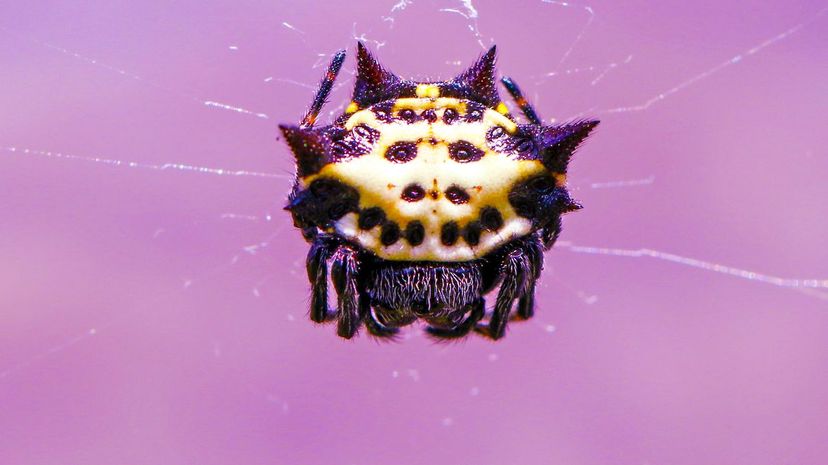
The spiny orb weaver is a very intimidating looking spider but is actually harmless. Their claim to fame is that spiny, dramatic-looking abdomen when can grow to be a couple of inches across.
Advertisement
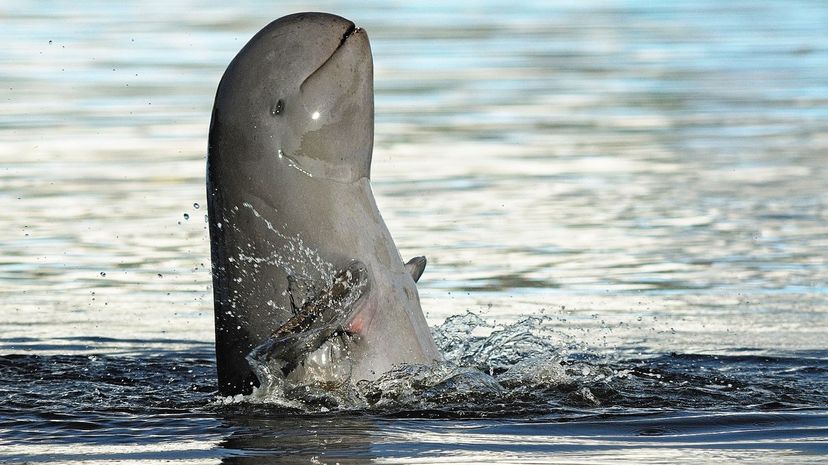
The Irrawaddy dolphin is a rare dolphin that lives in the Bay of Bengal. They don't have a beak like your average dolphin and instead rock a smooth, round head that makes them look a bit like a happy cartoon.
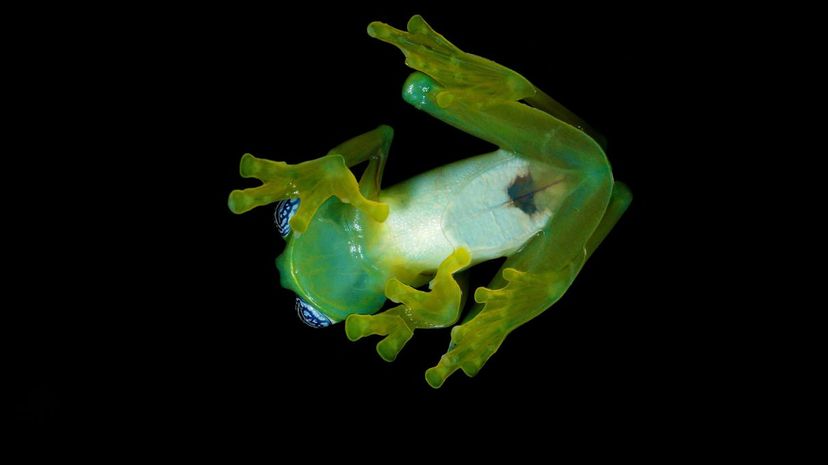
The glass frog gets its name from the fact it has a transparent abdomen. If you look at one from the bottom you can make out most of its digestive tract and internal organs. Imagine how hard it'd be to cheat on a diet if your stomach was like that.
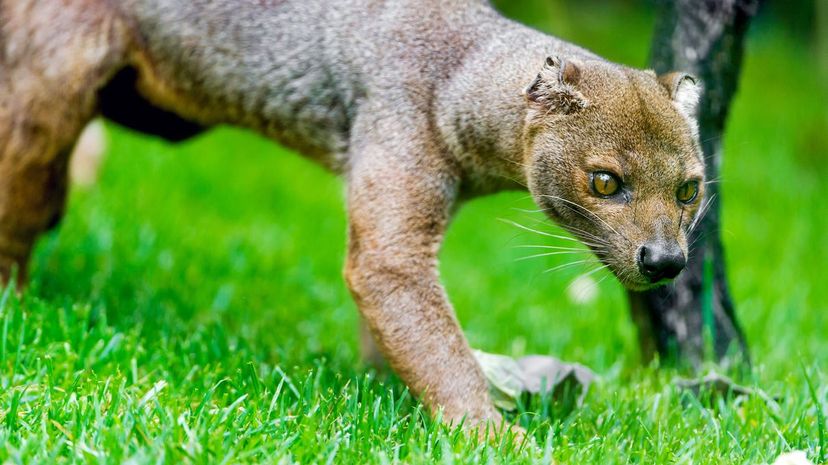
Native to Madagascar, the fossa looks like a cat but is more closely related to the mongoose. Whatever you call it, it's the largest carnivorous mammal on the island of Madagascar which puts it at the top of the food chain.
Advertisement
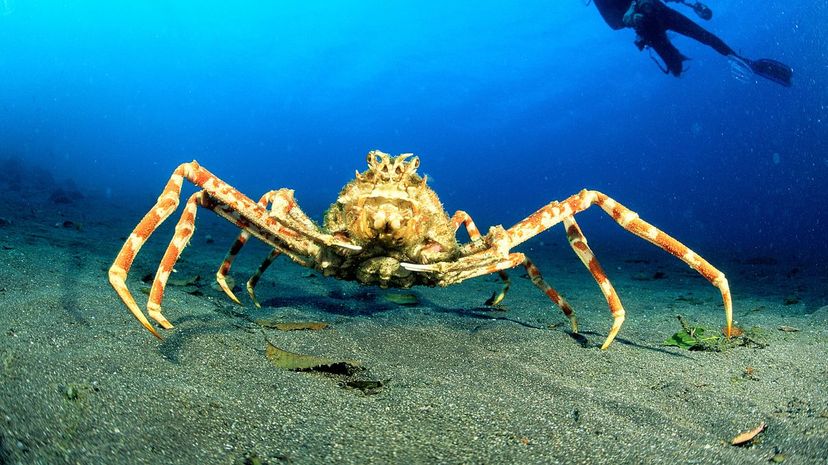
The Japanese Spider Crab is the largest crab in the world thanks to those ridiculously long legs. They can weigh up to 40 pounds or more and they're caught for their meat which is considered a delicacy.
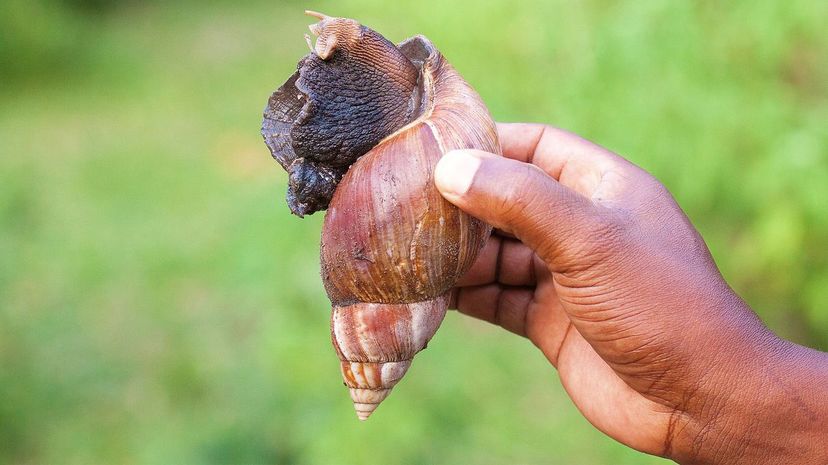
Giant African Snails are sometimes kept as pets because people are into weird pets so why not? You can't have them int he US though thanks to the fact they reproduce quickly and eat nearly everything in sight, making them dangerous for the environment.
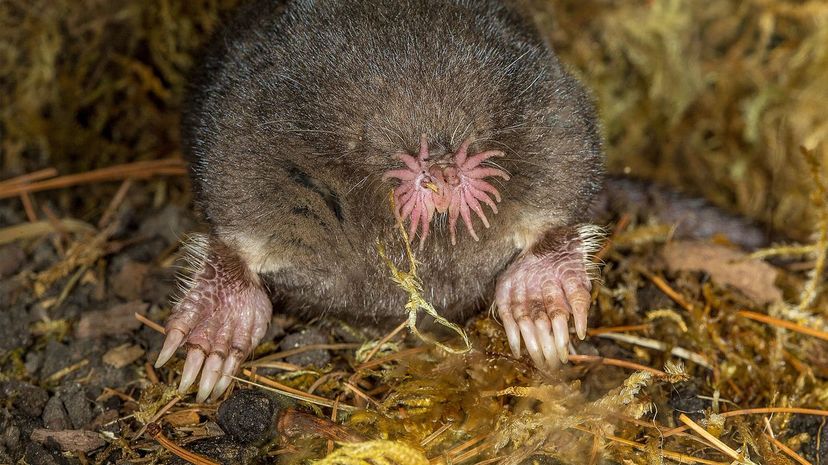
The star-nose mole is famous for that highly unusual nose which it puts to good use in its day to day life. They use the nose to feel their way around and it has over 25,000 sensory receptors.
Advertisement
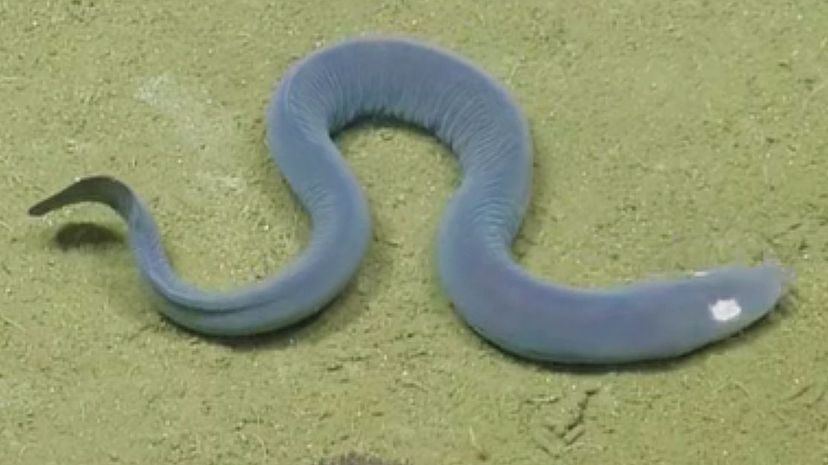
The hagfish is a strange and, if we're being honest, kind of gross animal. Its natural defense is to create mucous and a lot of it. When threatened, the hagfish produces a mucous that combines with water and can create up to 20 liters of slime around the fish, choking predators and making the hagfish nearly impossible to grasp.

The proboscis monkey gets its name from that dramatic nose it has. The nose is used in mating since the female monkeys are apparently very attracted to a male with a big nose. That's just the way nature works sometimes.
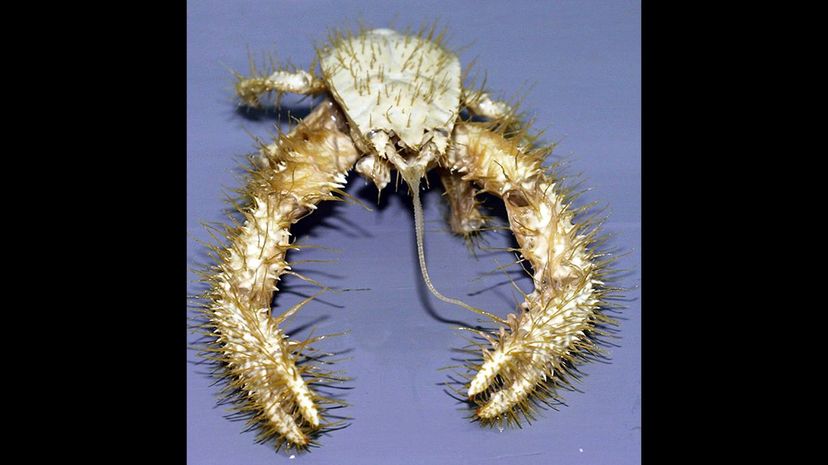
The yeti crab gets its name from its furry arms and pale color which make it look like a bit of a melding of a normal crab and the abominable snowman. You can find them near hydrothermal vents in the ocean where the temperature is warmer than normal.
Advertisement
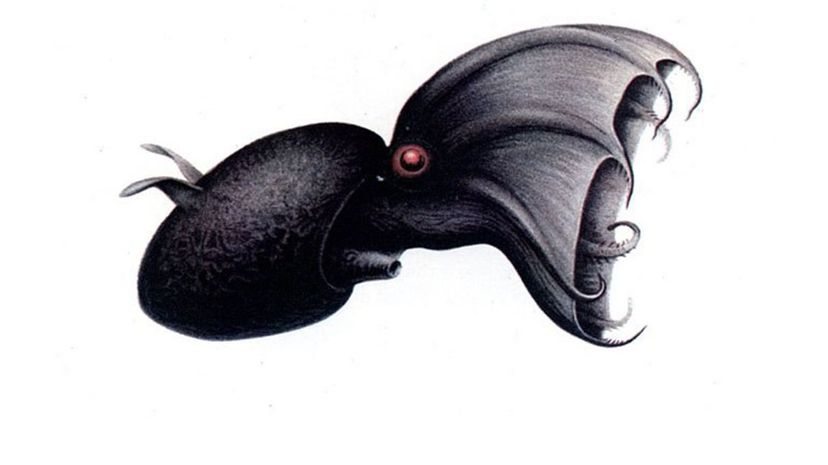
The scientific name of the Vampire Squid is Vampyroteuthis infernalis which translate literally as "vampire squid from Hell." That may be the single most dramatic name is the entire animal kingdom.